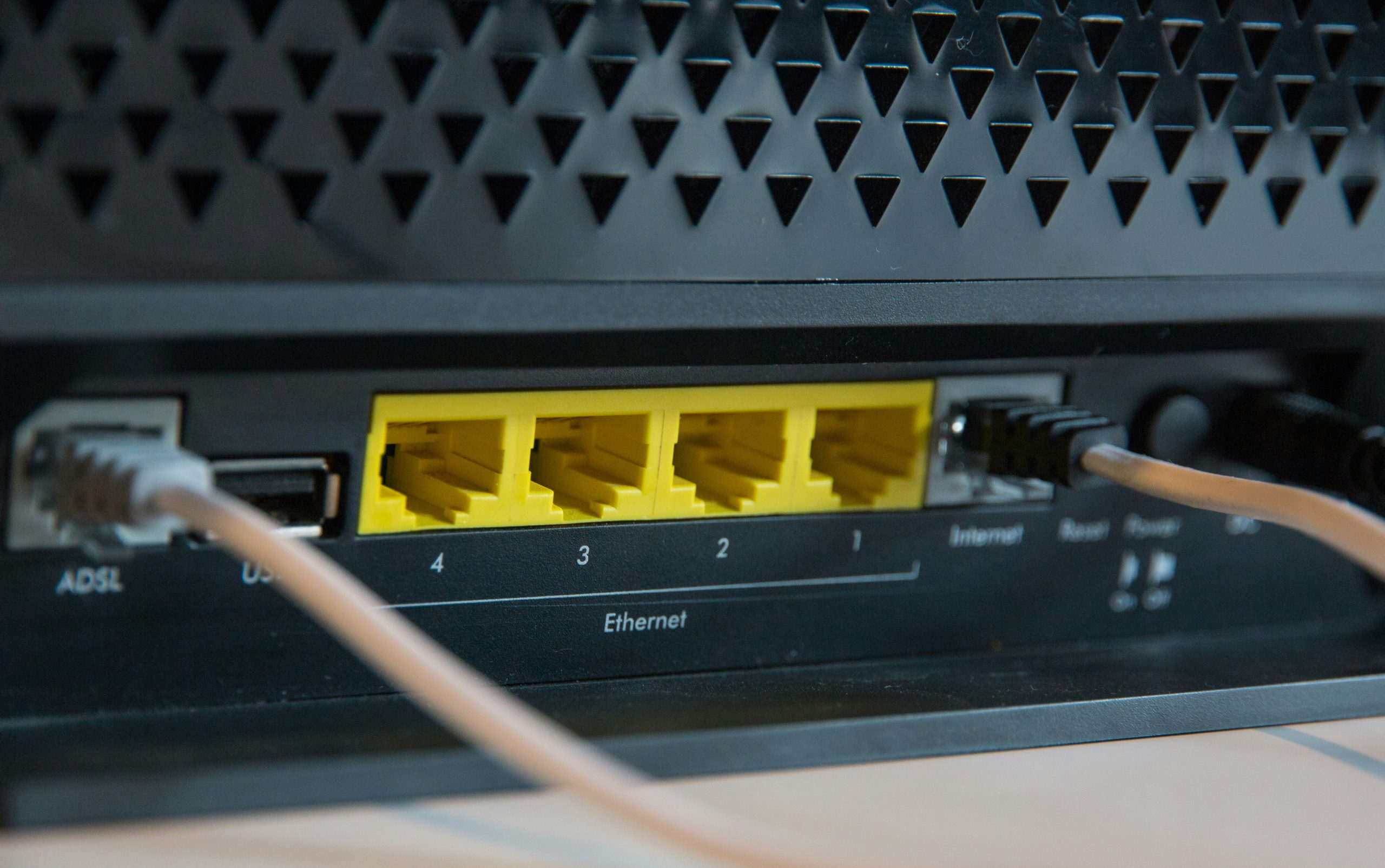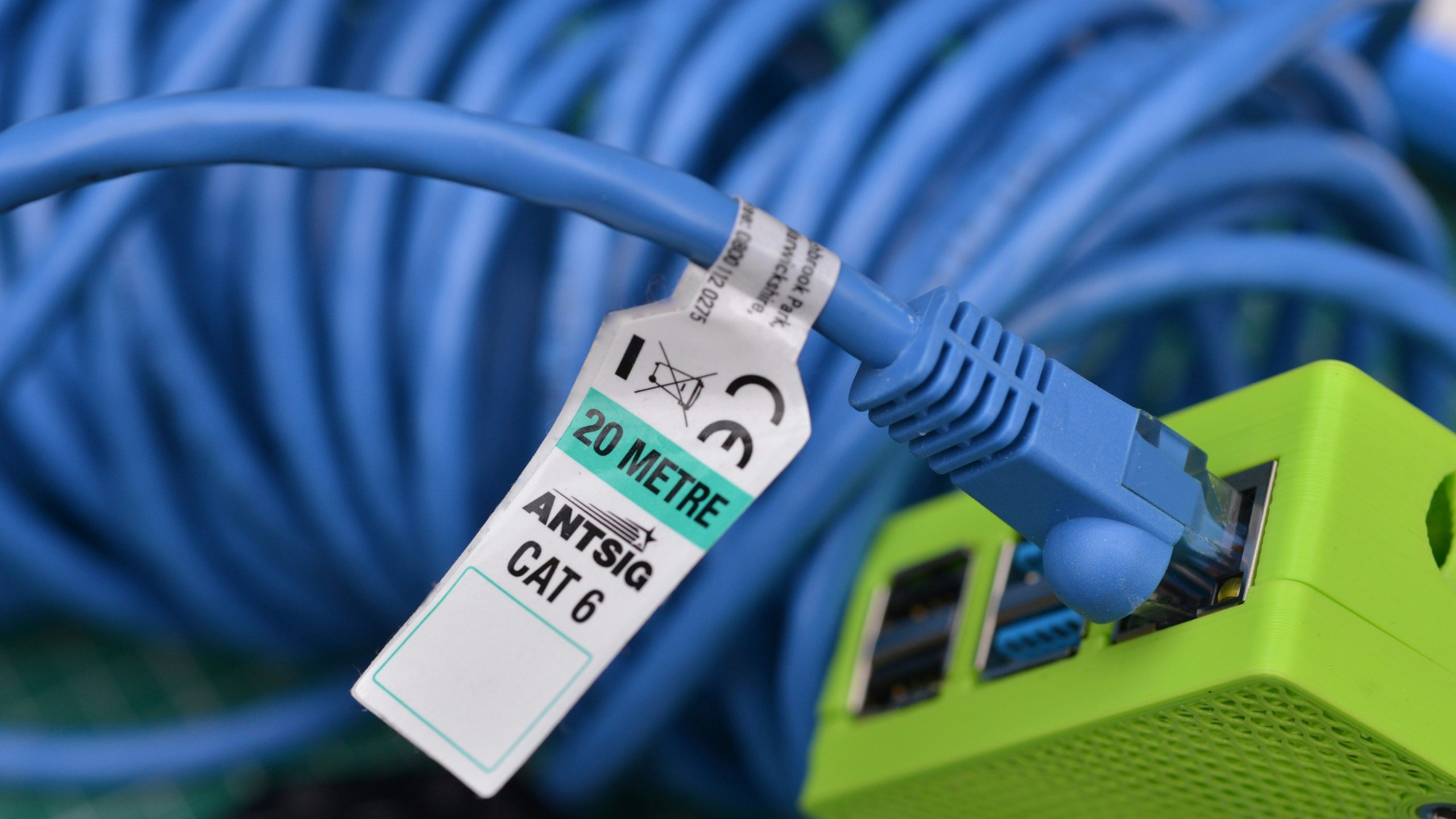Encountering network issues can be frustrating, and one common error that Windows users often face is “Ethernet Doesn’t Have a Valid IP Configuration.” This error disrupts your ability to connect to the internet via Ethernet and can occur for various reasons. In this comprehensive guide, we’ll explore the potential causes of this error and provide step-by-step solutions to help you resolve the issue and restore your internet connection.

Understanding the Error
1. Overview
– The error message “Ethernet Doesn’t Have a Valid IP Configuration” indicates a problem with the assignment of an IP address to your computer through the Ethernet connection. An IP address is essential for communication on a local network and the internet.
2. Possible Causes
– Several factors can contribute to this error, including misconfigured network settings, outdated network drivers, DHCP issues, or conflicts with third-party software.
Step-by-Step Solutions
1. Restart Your Computer and Router
– Why: Sometimes, a simple restart can resolve network-related issues by resetting configurations and clearing temporary glitches.
– How:
– Turn off your computer.
– Power off your router or modem.
– Wait for about 10 seconds.
– Turn on the router or modem.
– Boot up your computer.
2. Run the Network Troubleshooter
– Why: Windows includes a built-in troubleshooter that can automatically detect and fix common network problems.
– How:
– Right-click on the network icon in the system tray.
– Select “Troubleshoot problems.”
– Follow the on-screen instructions.
3. Reset TCP/IP
– Why: Resetting the Transmission Control Protocol/Internet Protocol (TCP/IP) stack can often resolve IP configuration issues.
– How:
– Open Command Prompt as an administrator.
– Type the following commands and press Enter after each:
“`
netsh int ip reset
netsh winsock reset
“`
– Restart your computer.
4. Check DHCP Settings
– Why: If the DHCP (Dynamic Host Configuration Protocol) settings are misconfigured, it can lead to IP configuration errors.
– How:
– Open Command Prompt as an administrator.
– Type the following command and press Enter:
“`
ipconfig /release
ipconfig /renew
“`
– Check if the error persists.

5. Update Network Drivers
– Why: Outdated or incompatible network drivers can cause connectivity issues.
– How:
– Right-click on the Start button and select “Device Manager.”
– Locate and expand the “Network adapters” section.
– Right-click on your network adapter and select “Update driver.”
– Choose “Search automatically for updated driver software.”
6. Manually Set IP Address
– Why: Manually configuring your IP address can be a workaround if DHCP is not assigning a valid IP.
– How:
– Open the Control Panel and go to “Network and Sharing Center.”
– Click on your network connection.
– Select “Properties.”
– Choose “Internet Protocol Version 4 (TCP/IPv4)” and click “Properties.”
– Select “Use the following IP address” and enter a valid IP, subnet mask, and default gateway.
7. Disable IPv6
– Why: Some networks might have issues with IPv6, and disabling it can be a potential solution.
– How:
– Open the Control Panel and go to “Network and Sharing Center.”
– Click on your network connection.
– Select “Properties.”
– Uncheck “Internet Protocol Version 6 (TCP/IPv6).”
8. Check for Software Conflicts
– Why: Third-party security software or firewalls may interfere with network configurations.
– How:
– Temporarily disable your antivirus or firewall.
– Check if the error persists.
– If resolved, reconfigure your security software to allow network connections.
Advanced Solutions:
1. Check Router Settings
– Why: Access your router’s web interface to ensure DHCP settings are configured correctly.
– How:
– Open a web browser.
– Enter your router’s IP address in the address bar.
– Log in with your router credentials.
– Check DHCP settings and ensure they are configured correctly.
2. Reset TCP/IP Catalog:
– Why: Resetting the TCP/IP catalog can be a more extensive solution for persistent issues.
– How:
– Open Command Prompt as an administrator.
– Type the following command and press Enter:
“`
netsh int ip reset catalog
“`
Resolving the “Ethernet Doesn’t Have a Valid IP Configuration” error requires a systematic approach, starting with basic troubleshooting steps and progressing to more advanced solutions. By following the steps outlined in this guide, you can address common issues affecting your network connection on Windows. However, if the problem persists, it may be advisable to seek assistance from a professional or your internet service provider to ensure a comprehensive resolution. Remember to document changes made during troubleshooting and seek help if you’re unsure about specific configurations to avoid unintended complications.




